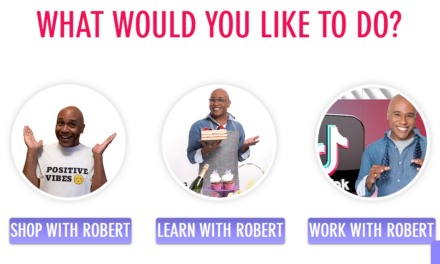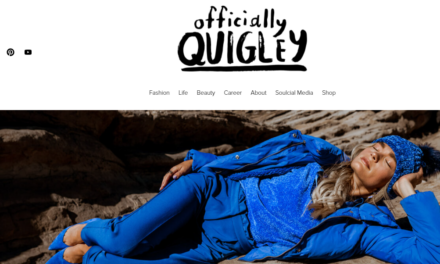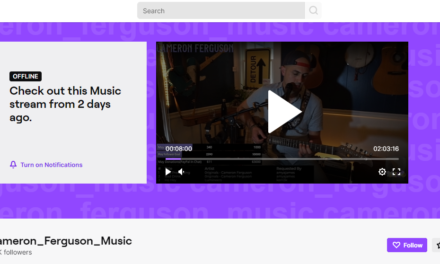Don’t steal.
It’s a lesson almost everybody learns as a child. Yet, content creators frequently succumb to temptation.
Right click. Copy image. Paste.
Some call it “borrowing.” Some justify the usage by crediting the original creator or source.
But all those linguistic gymnastics don’t change a thing. You may be violating the owner’s copyright. (And after all, you wouldn’t like someone to do that to you.)
Right click. Copy image. Paste. It's as easy as that to infringe on a creator's copyright. Resist that temptation. #CreatorEconomy Share on X“Online images are protected by copyright as much as a picture hanging in an art gallery is. If you are found to be using an unlicensed image on your website or in print, copyright law allows the owner to sue for monetary damages, possibly including astronomical statutory damages (if the work was registered with the US Copyright Office within the appropriate statutory time frame),” writes Virginia Knapp Dorell of Dunner Law.
It’s time for a refresher course on copyrights, fair use, and public domain.
What is a copyright?
Creators own the copyright from the moment they create it. Unless they transfer those ownership rights or create it as “work for hire,” they get to determine how their creations are used.
The US Copyright Office explains: “Copyright is a type of intellectual property that protects original works of authorship as soon as an author fixes the work in a tangible form of expression. In copyright law, there are a lot of different types of works, including paintings, photographs, illustrations, musical compositions, sound recordings, computer programs, books, poems, blog posts, movies, architectural works, plays, and so much more!”
CAVEAT: When you reproduce original content from a third party, secure their permission first.
Before reproducing original content from a third party, secure their permission, says @AnnGynn. #Copyrights #ContentEntrepreneur Share on XWhat are the penalties for violating copyrights?
Well, the cost could be high. Civil copyright infringement fines range from $750 to $30K per work infringed, as the University of Arkansas explains. (Willful copyright infringement, which is a criminal violation, can lead to prison time and significant fines.)
The owner benefits if they pursue the litigation route by having previously registered their works with the US Copyright Office. They can seek certain monetary damages and attorney fees and sue with the presumption the registration is correct.
The Digital Millennium Copyright Act offers creators another avenue to get the allegedly offending creations removed whether they’ve registered the work or not. The creator can issue a takedown notice to internet service providers, search engines, hosting firms, and other online site operators. They send a notice to the person accused of the violation, who can respond. But, often, the takedown notice leads the user to remove the material.
What about fair use?
The US Copyright Act provides some exceptions and limitations often referred to as “fair use.” Among the uses of a copyrighted work that is acceptable are criticism, comment, news reporting, teaching, scholarship, and research. “Transformative” uses are often OK as they add something new with a further purpose or different character and do not substitute for the original use of the work.
However, no word count, image size, use frequency, etc., are detailed, so each circumstance is decided on a case-by-case basis.
"Fair use" allows people to use copyrighted work without permission in criticisms, comments, news reporting, and educational efforts, according to @CopyrightOffice. Unsure if it's fair use? Ask the creator for permission. Share on XWhat about the public domain?
Creators can’t copyright facts or discoveries – all of that is in the public domain and usable without permission.
Also, when a copyright expires, the work enters the public domain. But that takes a long time. For works created after 1977, it’s the creator’s life plus 70 years. If the creator is anonymous, it’s 95 years from publication or 120 years from creation, whichever is shorter.
About the author
Ann regularly combines words and strategy for B2B, B2C, and nonprofits, continuing to live up to her high school nickname, Editor Ann. An IABC Communicator of the Year and founder of G Force Communication, Ann coaches and trains professionals in all things content. Connect with her on LinkedIn and Twitter.










